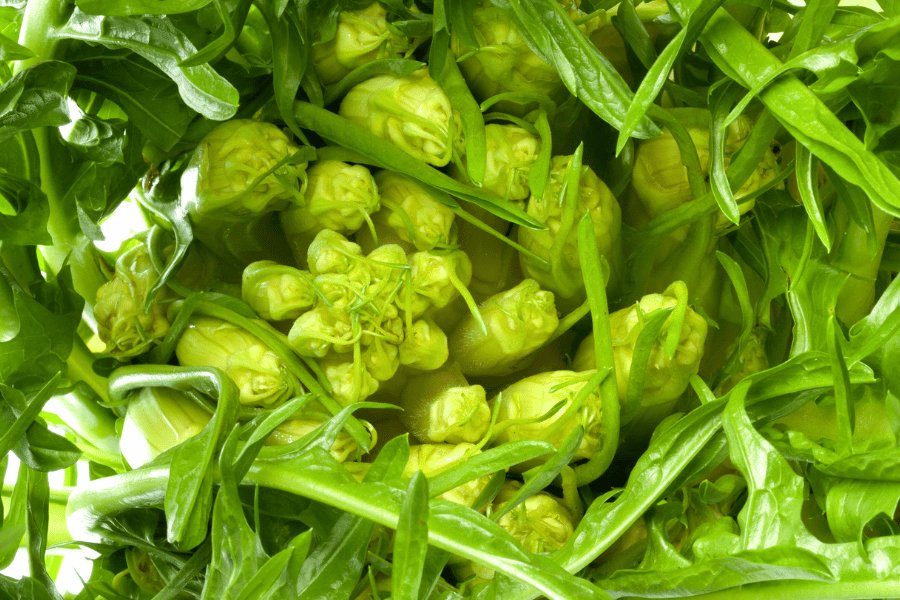Agricultural biodiversity looks at the variety of species, cultivars and ecosystems within our food systems. Before intensive agriculture, which is a relatively new phenomenon, humans ate a lot more variety and many regions were rich with agrobiodiversity.
As of 2017, Italy produced more vegetables than any other country in the EU and accounted for 17.8% of total vegetable EU production. Spain followed closely with 17.3% of EU’s total vegetable production. Italy was also the 2nd highest producer of fruit in Europe, behind Spain, which produced 40.1% of the total fruit. However, the Netherlands is documented to have the most biodiversity in seeds due to its extensive hybridization programs.
Decline In Agricultural Biodiversity
Italy has seen a massive decline in the variety of fruit and vegetables in the last 50 years due to modernization and intensive farming. A case study that measured heritage cultivars in the 1950s and then in the 80s saw a loss of 72.8% of biodiversity. (landrace)
This massive loss is due to several factors:
- Intensive monocultures have taken over industrialized agriculture. This type of farming focuses on growing one type of crop in excessive quantities. Uniformity is more valuable than crop diversification.
- Markets request that fruit and vegetables be standardized. They need to look similar in size, shape, color and without imperfections to be more appealing to consumers.
- Globalization further prioritizes foods that withstand travel to long distances.
- Consumers have less time to dedicate to food preparation. They prefer produce that is easy to clean and cook.
- Finally, seed companies promote standardized homogeneous species that have a lower genetic basis.
As a way to counteract this massive genetic loss , Italy created a national plan to increase biodiversity. The “Piano Nazionale sulla Biodiversità di interesse Agricolo (PNBA)” was created in December of 2019. Within it a portal for agrobiodiversity was created by the Italian government.
When increasing agrobiodiversity, there are two approaches to the issue. One strategy is by genetically creating new hybrid seed species. The second strategy is by safeguarding and cultivating heritage cultivars. The biggest difference between the two strategies is that one focuses on engineering crops that fulfil the needs of the globalized markets, whereas the other focuses on preserving local traditions.
Puglia’s Rich Agricultural Traditions
Two thirds of all cultivated foods in Italy are produced in the southern regions. Puglia is Italy’s most eastern region. It’s the peninsula located in the south and is known as “l’orto d’Italia” or Italy’s vegetable garden. Puglia makes up 22% of Italy’s growing area and produces 2.4 million tons of vegetables yearly.
Even with the challenges of modernization, this region is fighting hard to hold onto its rich traditions. Puglia’s agricultural biodiversity is linked to its rich tradition of preserving heritage cultivars.
The Puglia region has 24 biodiverse species that can only be found in these regions. In addition to these cultivated crops, the Puglia tradition of foraging and consuming wild herbs. In a 2009 study that documented 2500 species of the Apuglian flora, 532 wild herbs that are unique to this region and traditionally used by local communities. Various projects attempted to cultivate 122 of the 532 spontaneously growing herbs with varying levels of success. Even with these attempts, these unique species are at risk for decline because of the reduction of rural land.
To read more about agrobiodiversity and why you should care about it, click here.
To read about the rich history of olive trees in Puglia, click here.
Sources: Food and Agriculture Organization of the United Nations – The State of the World’s Biodiversity for Food and Agriculture, Food and Agricultural Organization – What is Happening to Agrobiodiversity, Thrupp 1998, “Cultivated Diversity: Agrobiodiversity and Food Security.” Portale Nazionale Biodiversità di Interesse Agricolo e Alimentare, Giuponni – The Analysis of Italian Plant Agrobiodiversity Databases, Eurostat – Production of Fruit and Vegetables in EU, Italian Journal of Agronomy – Biodiversity in Vegetable Crops: Puglia, Conversa – Exploring on-farm agro-biodiversity: a study case of vegetable landraces from Puglia region, Eurostat – The fruit and vegetable sector in the EU – a statistical overview






